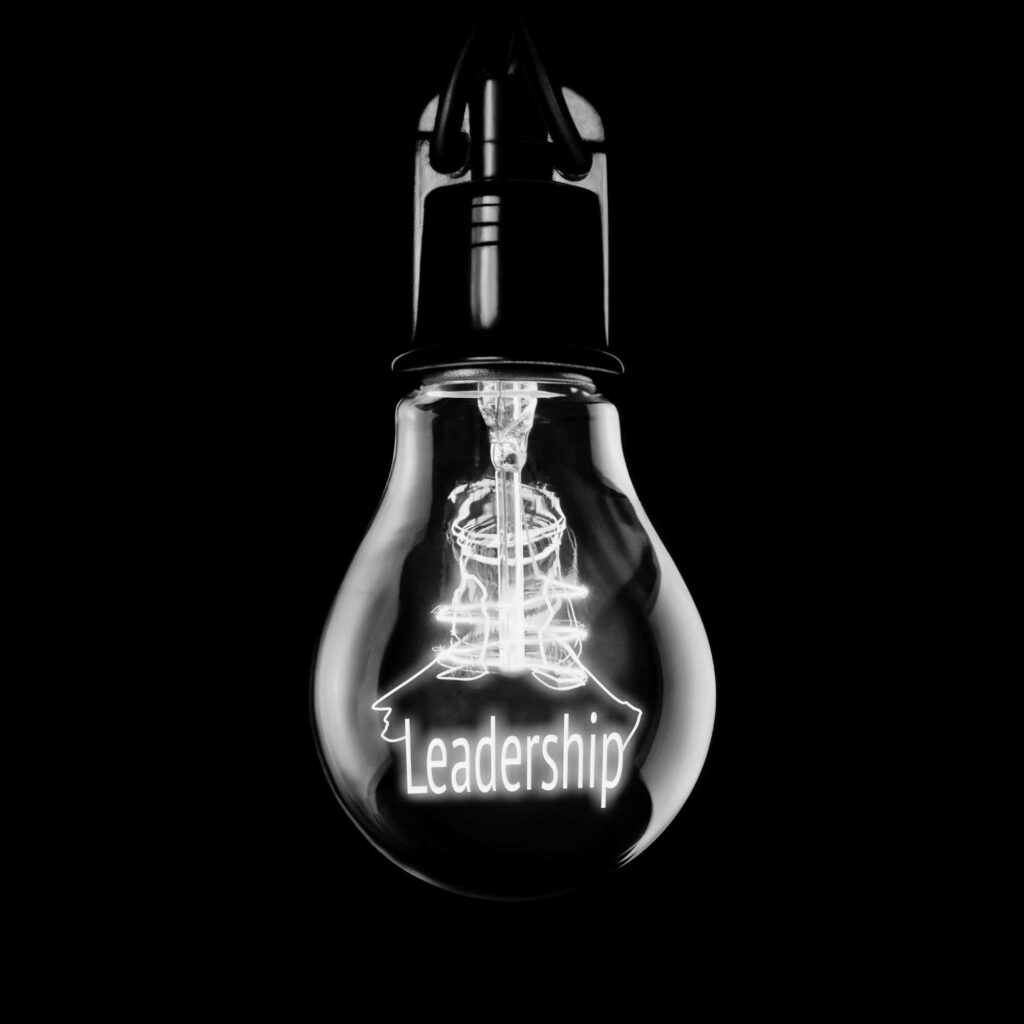Does this seem familiar? In a small company called Inept Inc., a well-intentioned but misguided manager named Mr. Fumble, a man with an undeniable charm that often eclipsed his incompetence, surrounded himself with a team that shared his unique qualities.
To demonstrate their leadership prowess, Mr. Fumble decided to host a company-wide meeting on leadership and quality culture. Armed with clip-art-laden PowerPoint presentations, they prepared to embark on an unforgettable journey.
On the day of the event, the employees of Inept Inc. gathered in the company’s lunchroom, knowing they’d be told the same things again and being very disinterested in the entire thing. Mr. Fumble, began his presentation on the importance of setting and achieving goals, forcing tired buzzwords upon the weary audience. He gave a high-level review of basic information.
Next up was Ms. Muddle, the Head of Human Resources, who passionately preached about the wonders of communication despite her tendency to send vague, typo-ridden emails. She finished with a bold statement about the importance of fostering a culture of open dialogue, although she was known for stopping a conversation mid-sentence.
Following Ms. Muddle, Mr. Bungle, the Head of Sales, arrived on stage. A man with the rare talent of selling ice to Eskimos and vacuums to dust bunnies, Mr. Bungle launched into a confusing spiel about how a quality culture could skyrocket company performance. All the while, he didn’t mention any specific strategies, leaving employees perplexed.
In the end, Mr. Fumble wrapped up the event with a round of “Let’s think differently!” and a final incomprehensible chart that seemed to illustrate the company’s inverted success. In just one short afternoon, the brave leaders of Inept Inc. had unwittingly provided a masterclass in how NOT to lead or promote a quality culture. As the employees left the room, they were less motivated and actually discouraged.
A leadership approach that focuses on the relationship between leaders and followers, taking into account the situation, follower readiness, and the leader’s communication style, is the Situational Leadership Model (the “Model”), developed by Dr. Paul Hersey and Ken Blanchard. It is a flexible and adaptive model that can significantly aid organizations in improving their quality culture.
The first step in applying the Model is to assess the prevailing quality culture within the organization. Identify strengths and areas of improvement and gauge employees’ perceptions and attitudes towards quality and management. This assessment will help a leader understand the level of readiness of their teams and individuals and then tailor the leadership style according to the needs. The Model identifies four distinct leadership styles that a leader can assume based on the needs and readiness of their followers.
Directing (S1): The leader provides clear instructions and closely supervises the employees in this style. It is particularly useful when employees need more knowledge, skills, or motivation for a given task related to quality improvement.
Coaching (S2): The leader provides support, guidance, and encouragement while maintaining a high level of communication. This is an effective style when employees have started to understand the importance of quality but need more support and guidance to improve their skills and confidence.
Supporting (S3): As employees become more capable in their roles, the leader offers support and collaboration at lower levels of direct supervision. This is ideal for employees who are motivated and proficient in their tasks related to quality but might need occasional assistance or reassurance.
Delegating (S4): In this style, the leader trusts employees to complete tasks with minimum supervision. It is appropriate when employees are competent, confident, and committed to their tasks related to quality improvement.
As the organization evolves, the readiness of employees changes. Leaders must remain flexible, adjusting their leadership style to help their team members continuously improve and maintain high-quality standards. Regular feedback, evaluations, and open communication can assist leaders in making these adjustments.
So Mr. Fumble could have had an honest conversation with the team about achieving their goals, with specific data showing the highs and the lows. Ms. Muddle, could begin by using her own communication style as an example of how things need to change. How open communication would be embraced and even offering to set up employee listening sessions. And Mr. Bungle could provide customer feedback data with examples of how the customers are impacted by good or bad quality products.
A strong quality culture requires leaders to emphasize its importance to the organization consistently. Sharing success stories, celebrating achievements, and recognizing employees who demonstrate a strong commitment to quality can help reinforce the value of a quality culture. Leaders can also promote opportunities for skill development and training programs to boost employees’ knowledge and understanding of quality-related matters.
Applying the Situational Leadership Model to enhance a quality culture requires leaders to conduct ongoing assessments, determine the appropriate leadership style, monitor progress, facilitate learning and development, and continuously reinforce the importance of quality. By supporting and guiding their teams effectively, leaders can create a strong quality culture, resulting in improved performance and positive organizational outcomes.

